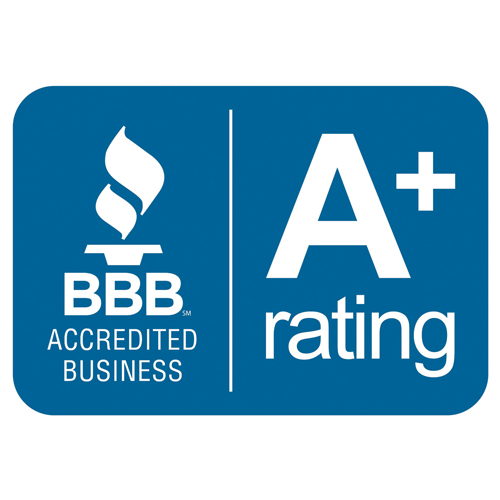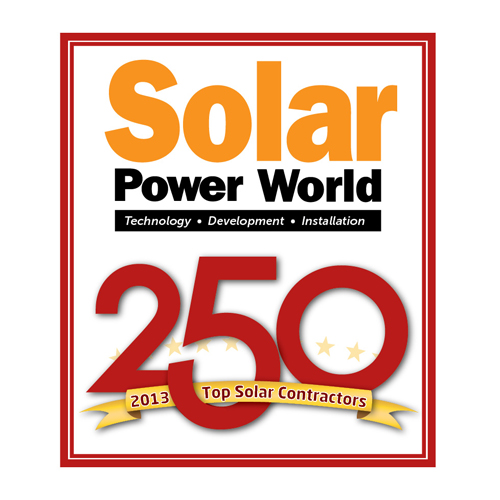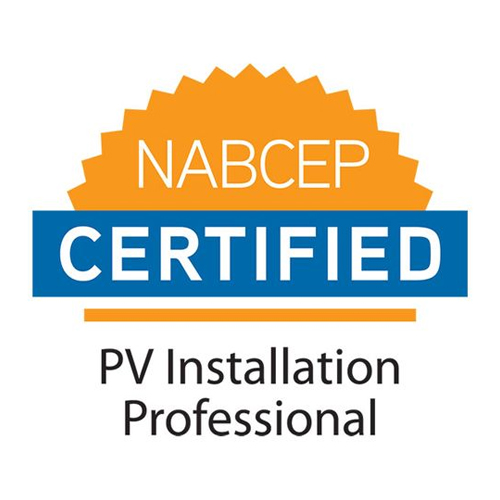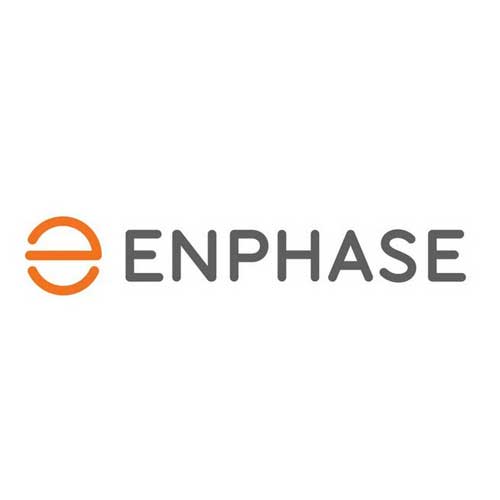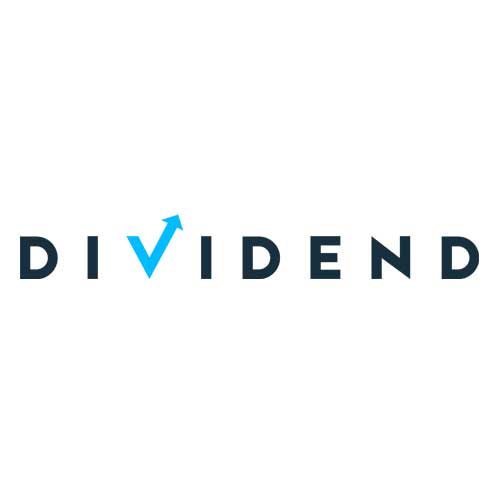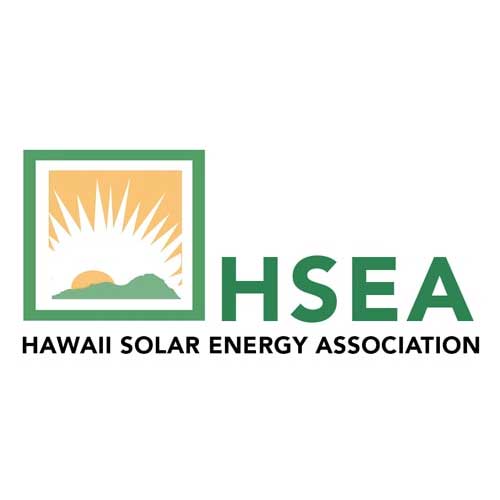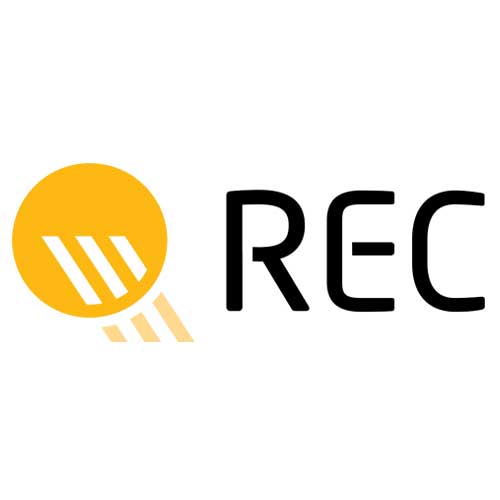Distributed Solar Vs Utility Solar
The main difference between Distributed Solar Vs Utility Solar is in the way they are set up, the solar energy produced, and the cost of installation. Distributed solar is when solar panels are placed on individual homes and businesses, while utility solar plants are larger scale facilities that generate electricity to be used by a large number of customers.
When it comes to setup, distributed solar requires a much more intricate process than utility-scale systems. Not only does it require multiple pieces of equipment such as inverters, panels and wiring, but it also requires an experienced installer to assemble and maintain all components. Utility-scale systems typically don’t require much onsite work; instead, power companies install shared systems that span across multiple properties with minimal effort.
Energy production
In terms of energy production, distributed solar can generate about one megawatt for every four acres of land, while utility-scale systems can produce upwards of five megawatts per acre. This means that utilities can produce significantly more energy than distributed solar per unit area. On the other hand, distributed solar allows customers to tailor their usage according to their needs without dealing with a third party like a utility company. Customers can install as many or as few panels as they need and adjust their usage accordingly.
Cost of installation
Finally, the cost of installation for both types of systems varies greatly depending on location and number of panels needed. Generally speaking however, distributed solar tends to be far more expensive than traditional utility-scale plants due to its one-off nature, complexity and need for customized parts or services from professional installers which increase overall costs. Utility-scale plants may involve higher upfront costs but tend to be cheaper in the long run since most components are designed to last 25 years or more with minimal maintenance requirements along the way.
Overall, distributed solar tends to be more expensive than utility-scale plants but offers greater customization options for customers who want access to renewable energy sources without going through third parties like utilities companies who may have different regulations or pricing structures in place that don’t align with individualized needs. It also provides additional environmental benefits such as reducing pollution output by eliminating carbon emissions associated with traditional power sources and helping households save money through reduced electricity bills over time which further makes it a viable option worth considering when weighing different types of renewable energy options available today

